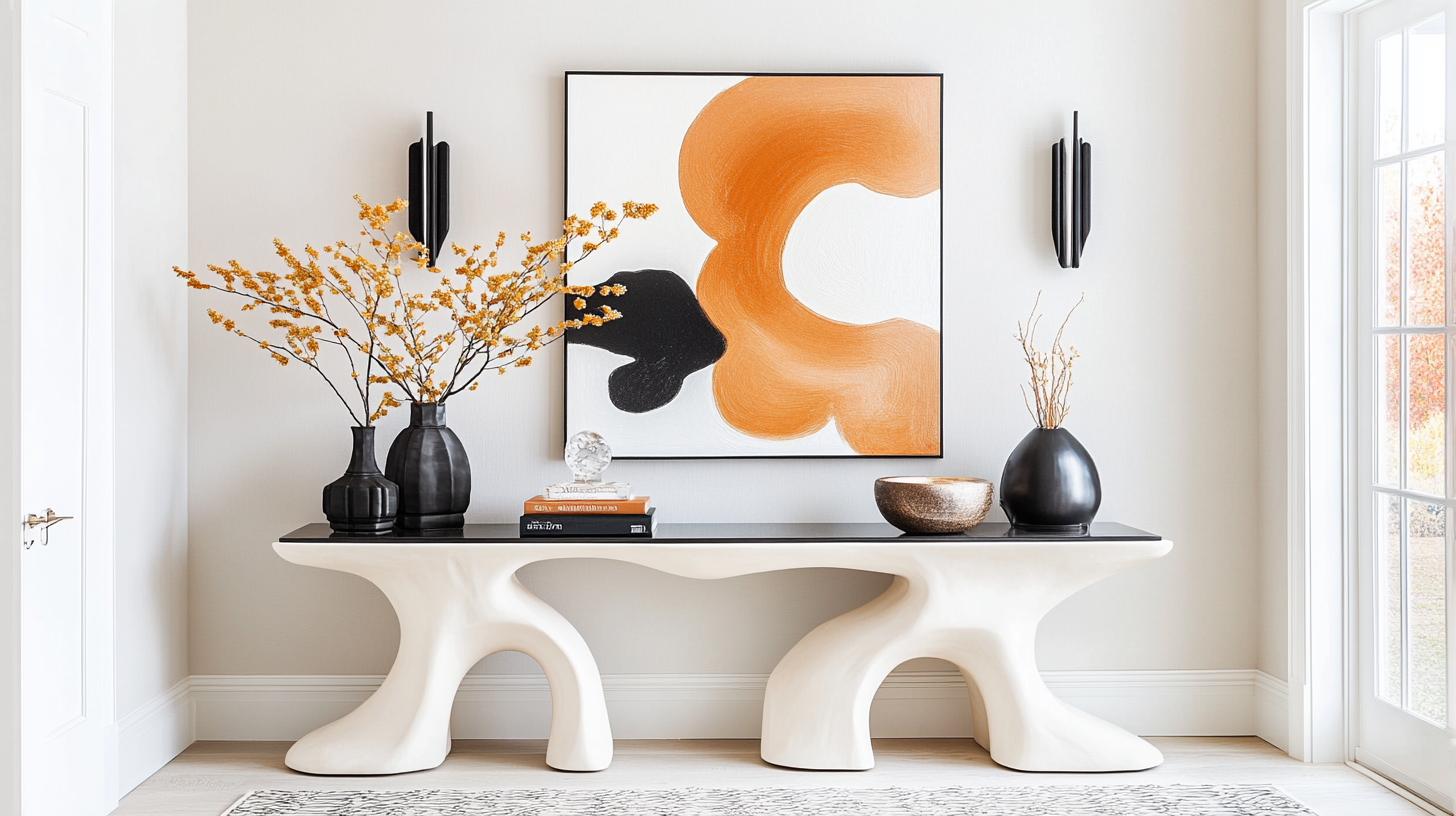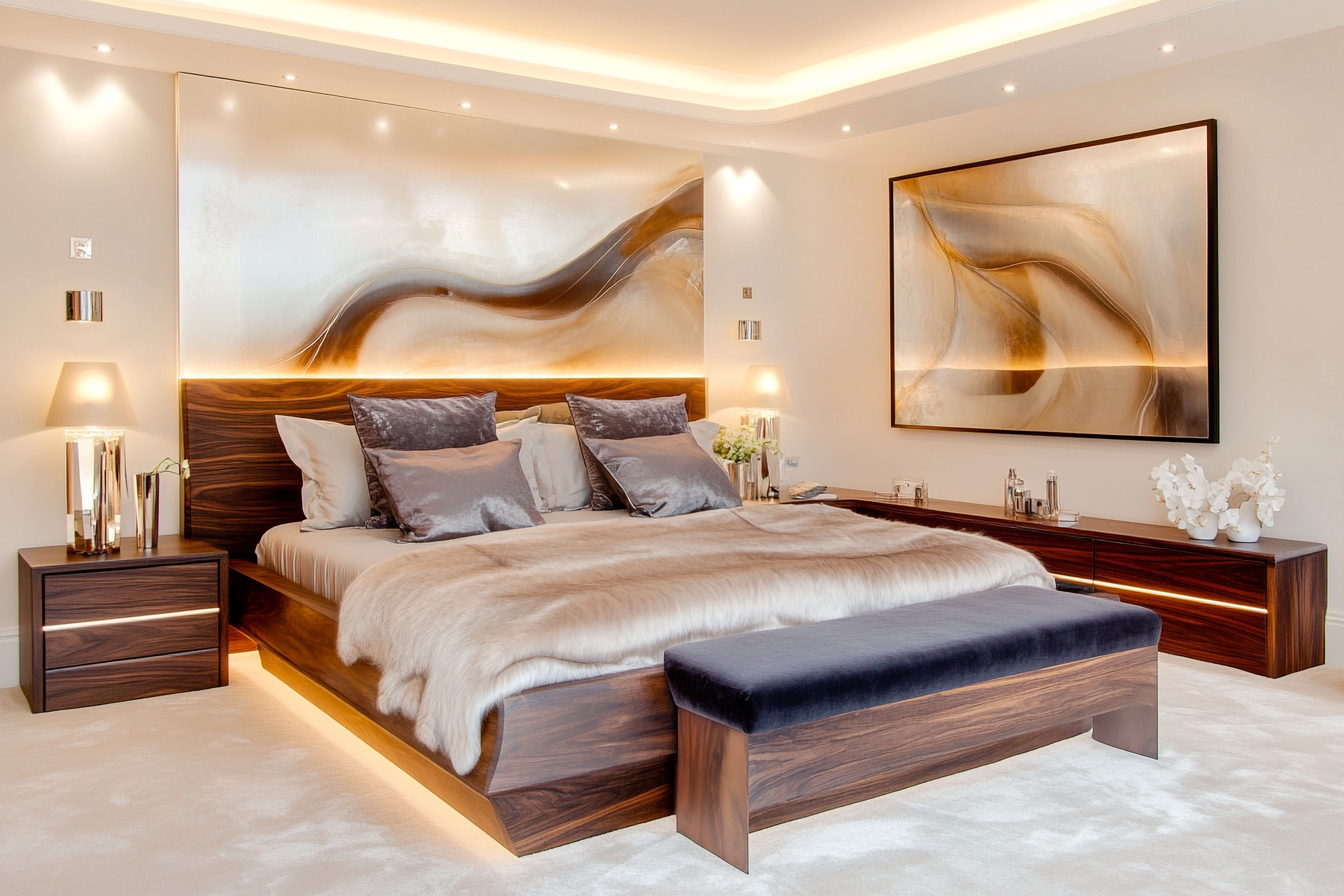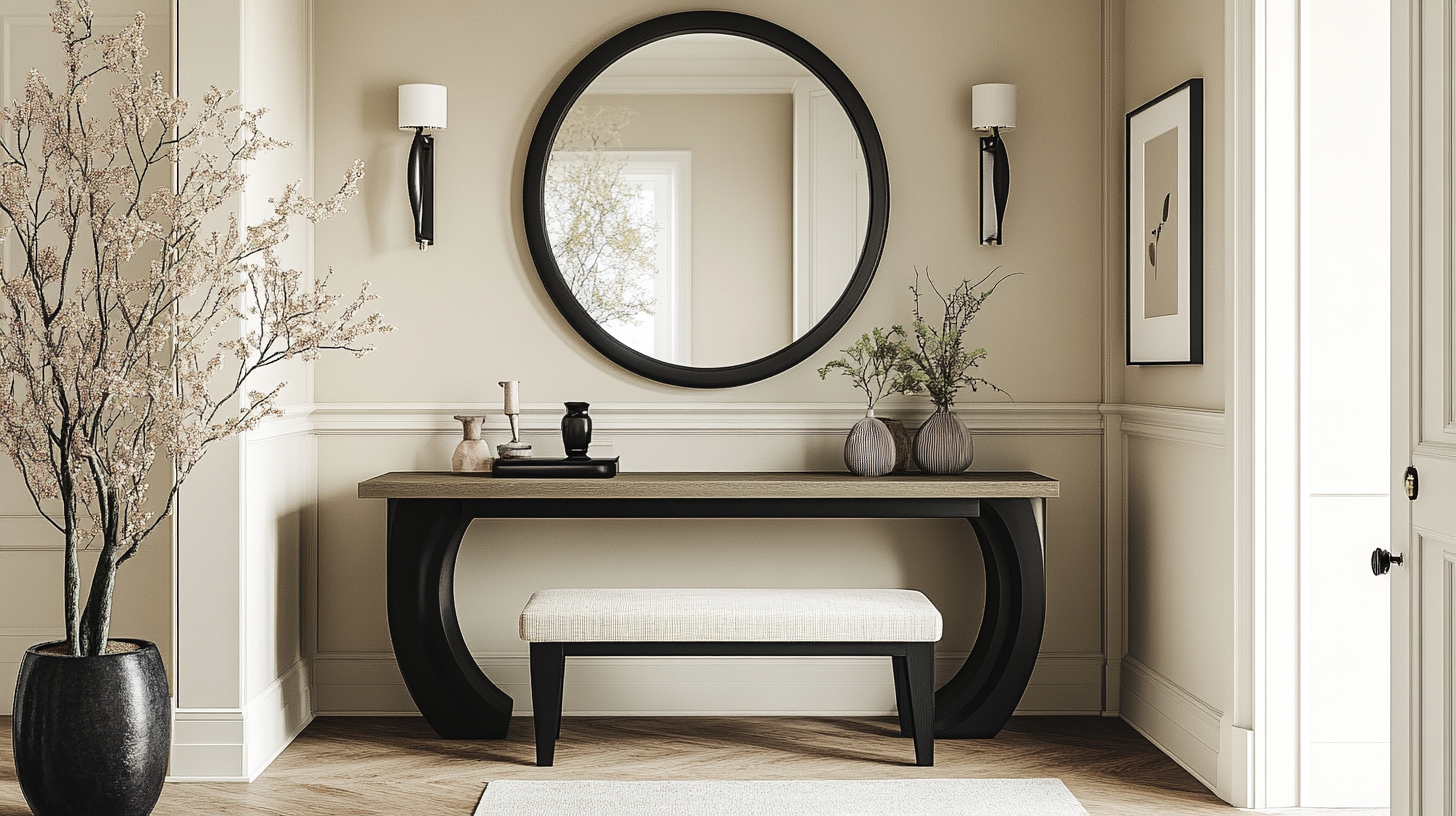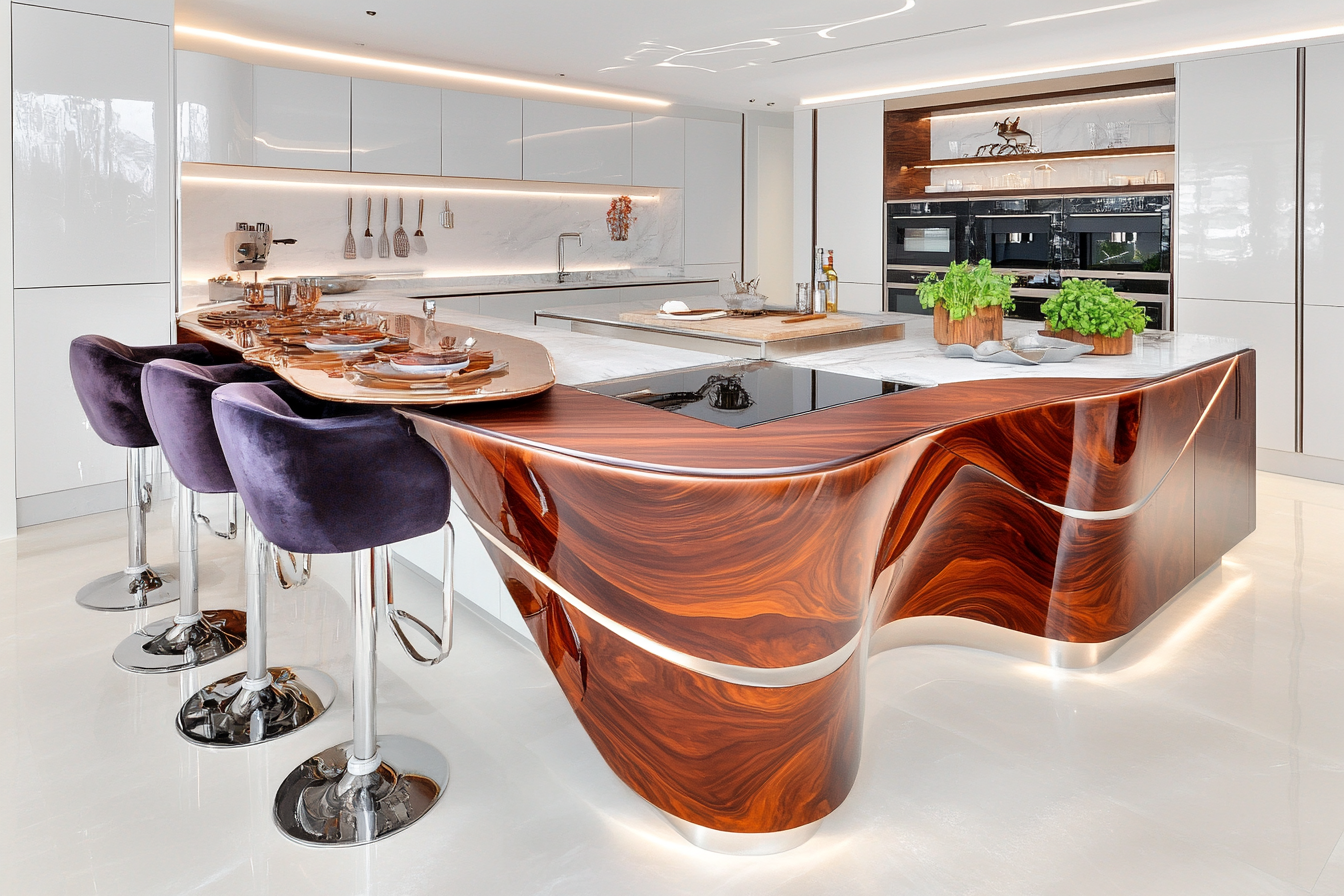The magic of AI has shown you what’s possible for your space. It’s an exciting moment, full of inspiration! It’s also the moment that is often followed by a big question: “This is beautiful… but how do I actually make it happen?”
Feeling that way is completely normal. AI concepts are brilliant for capturing a specific mood and style, but they aren’t a shopping list or a technical blueprint.
Think of this article as your friendly, step-by-step guide to bridging that gap.
We’ll walk you through a few simple but essential steps to translate that digital inspiration into a beautiful, real-world space you’ll love.
Share This Post:
Name the Materials:
Look past the objects and see what they’re made of. Is the room full of warm walnut wood and soft bouclé fabric? Or is it cool marble, sleek glass, and shiny brass? Make a list of the core materials. This is your foundation.
Understand the Lighting:
Is the light in the image warm and cosy, or bright and energizing? AI is great at adding perfect light, which you can then replicate by choosing the right light bulbs (warm vs. cool tones) and fixtures that diffuse or direct light in a similar way.
Find Your Keywords:
Describe your favourite image in five words. Is it “Organic, textured, and calm,” or “Dramatic, luxurious, and bold”? These keywords will become your most helpful search terms.
Share This Post:
Start with Google Lens & Pinterest Lens
You already know how helpful Google Lens can be. The next step is Pinterest Lens (inside the Pinterest app). It’s often even better for décor because it understands aesthetics and will show you a world of similar, buyable items you can save to a board.
Master Descriptive Searching
This is how designers find unique items. Instead of searching for “wood table,” use the keywords you found earlier. Search for a “fluted oak media console” or a “round travertine coffee table”. The more descriptive you are, the better your results will be.
The Painter’s Tape Trick
This is a classic, essential designer secret. Before you commit to a new sofa, rug, or dining table, use painter’s tape to mark out its exact dimensions on your floor. Live with it for a day. Walk around it. Does the room still feel spacious? Can you open doors easily? This simple action gives you a true feel for the scale of the item in your actual room.
Use a Free Room Planner (Optional)
For the more tech-savvy, a website like Floorplanner.com allows you to create a simple model of your room and drop in furniture with the correct dimensions to check your layout.
Always Get Physical Samples
- For Paint: Get tester pots and paint large swatches on two different walls. See how the colour looks in the morning light, in the afternoon, and at night with your lights on. It will change dramatically.
- For Fabrics: Always order fabric swatches for sofas or curtains to see the true colour and feel the texture.
Create a “Sample Box”
Gather all your physical samples- your final paint chip, your sofa fabric swatch, a wood sample for the flooring, a metal finish for hardware- and look at them together in your room. This is the only way to be certain that all the colours and textures work together harmoniously.
A Final Thought: Aim for the Feeling, Not the Replica
Your AI concept is the starting point, not the finish line. Don’t get frustrated trying to create a perfect 1:1 copy.
Instead, use the 80/20 rule: focus on getting the 20% of items that matter most (like the “hero” sofa or the overall colour palette) right, and you will successfully capture 80% of the feeling of the design.
Enjoy the process, and remember that creating a home you love is a journey, not a race.






